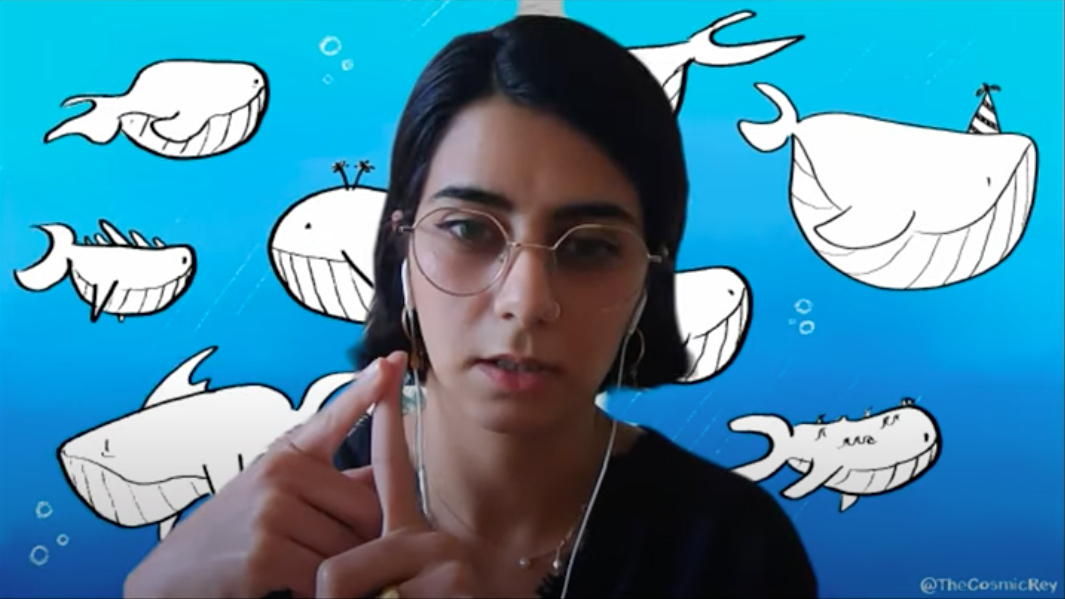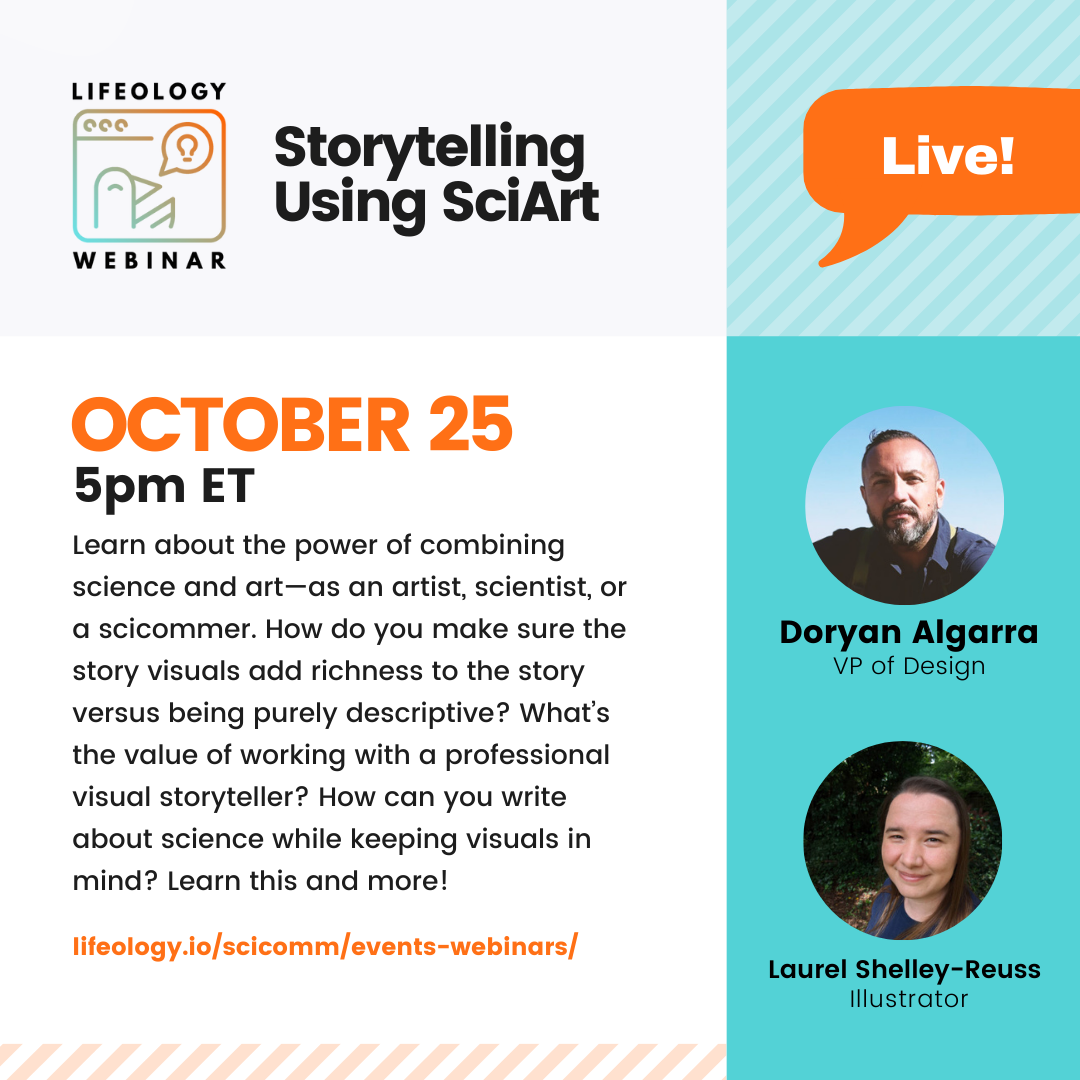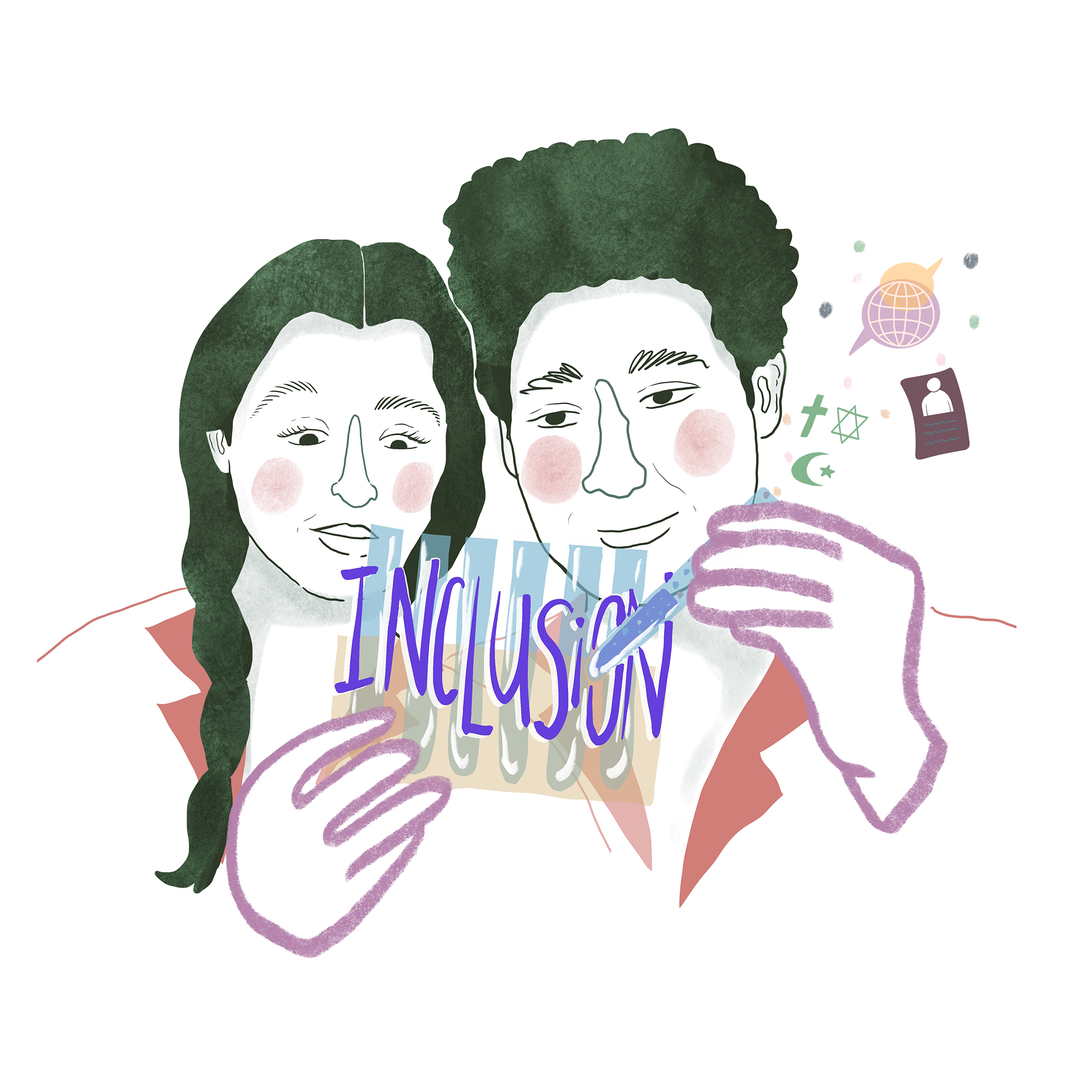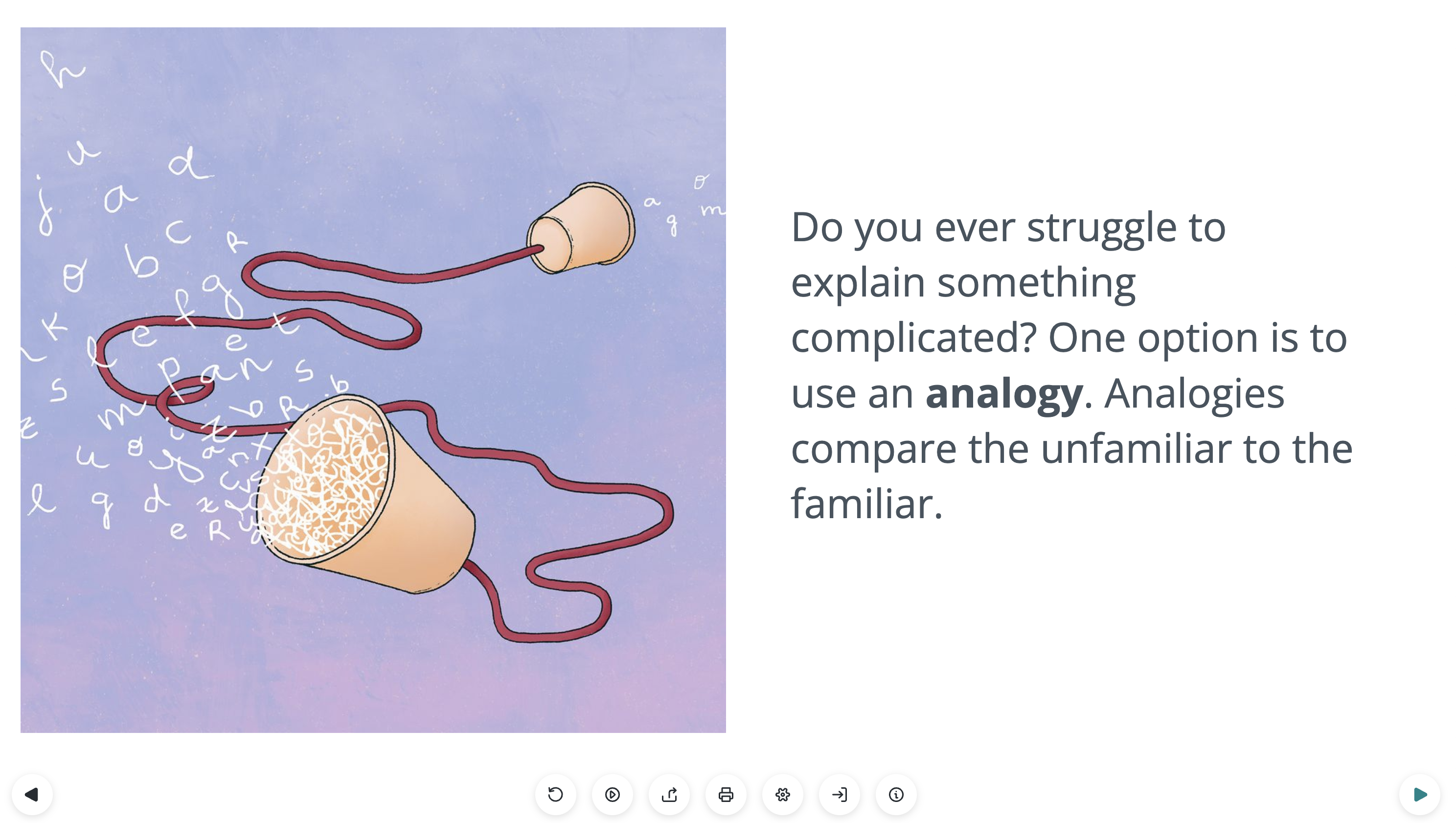Let’s grow your empathy muscles big and strong! Check out the full video and a recap of Lifeology’s first live webinar “How to Be an Empathetic SciComm-er” below.

On September 20, Paige Jarreau and Reyhaneh Maktoufi hosted Lifeology’s first live webinar! We decided to host webinars to supplement our Lifeology SciComm University program courses and bring our community topics related to SciComm and SciArt in a workshop setting.
Reyhaneh wrote and illustrated the course “Empathy in Science Communication,” so who better to present on the topic? As a SciComm Researcher, Reyhaneh is passionate about empathy in science communication. She’s also Co-Producer, Host and Illustrator of PBS|NOVA’s series Sciencing Out.
We’ve attached the full video of the webinar below for your viewing. You can also find a recap, including some main takeaways.
Reyhaneh started the webinar by telling the audience what she doesn’t mean when she says empathy. Reyhaneh explained that she doesn’t mean that communicating with empathy means we have to give anybody a pass for what they do or for things that are wrong.
“It’s not necessarily agreeing with people about the things they do. It’s not even necessarily being kind to people…The way I think about [empathy] is just a sense of curiosity—like a very deep true curiosity…I’m going to ask questions. I’m going to be curious. I’m going to listen. I’m going to try to keep my judgment away.” -Reyhaneh
Reyhaneh then jumped into actual tips and tricks for using empathy when one is communicating. To employ empathy effectively according to Reyhaneh, there are four important traits to portray to your audience to build trust with them: competence, honesty/integrity, willingness to listen, and warmth/benevolence.
How can you show competence?
- Introduce yourself, if you are not already familiar with the person.
- Whether or not you are familiar with the person, give your credentials. Tell them why you are fit to discuss the matter at hand.
- Describe previous similar experiences you have had that relate to the current situation.
How can you show honesty/integrity?
- Acknowledge what you don’t know.
- Be vulnerable—reveal own fears to help someone openly talk about theirs.
- Be genuine—whatever that means for you! Don’t play a character. Others can detect this.
- Acknowledge any failures you may have had related to the current situation.
How can you show willingness to listen?
- Offer opportunities for questions and discussion. Ask “What do you think?”
- Ask open-ended questions.
- Listen without judgement or interruptions—be an attentive listener!
- Don’t form responses while the other person is trying to talk.
- Acknowledge your audience’s experiences.
- Let your audience know that you’re learning something from them to show you’re listening.
- Expressions/ body language are huge!
How can you show warmth/benevolence?
- Smiling
- Eye contact
- Laughter/humor, when appropriate
- Tell your own personal story, and share your own emotions.
Reyhaneh then worked through an empathy muscle building activity. First, she had everyone pick an object. Reyhaneh picked a plant to use as her example. She then had everyone participate in a curiosity practice, which involved these actions:
- Look at the object
- Describe the object
- Make some assumptions
- Use description and assumptions to form questions about it to ask
- Collect data
The point of the activity was to show that sometimes our descriptions and assumptions of objects can be wrong. If we use those to form questions in order to collect data about something or someone, we will have a lot to ask and a lot to learn about someone or something.
Reyhaneh ended the workshop by sharing this quote: “It’s better to share a heart than to share a language.”
If you missed our first webinar, we hope we can find you at the next one! Our next webinar, “Storytelling Using SciArt” will be on October 25th at 5pm ET.





